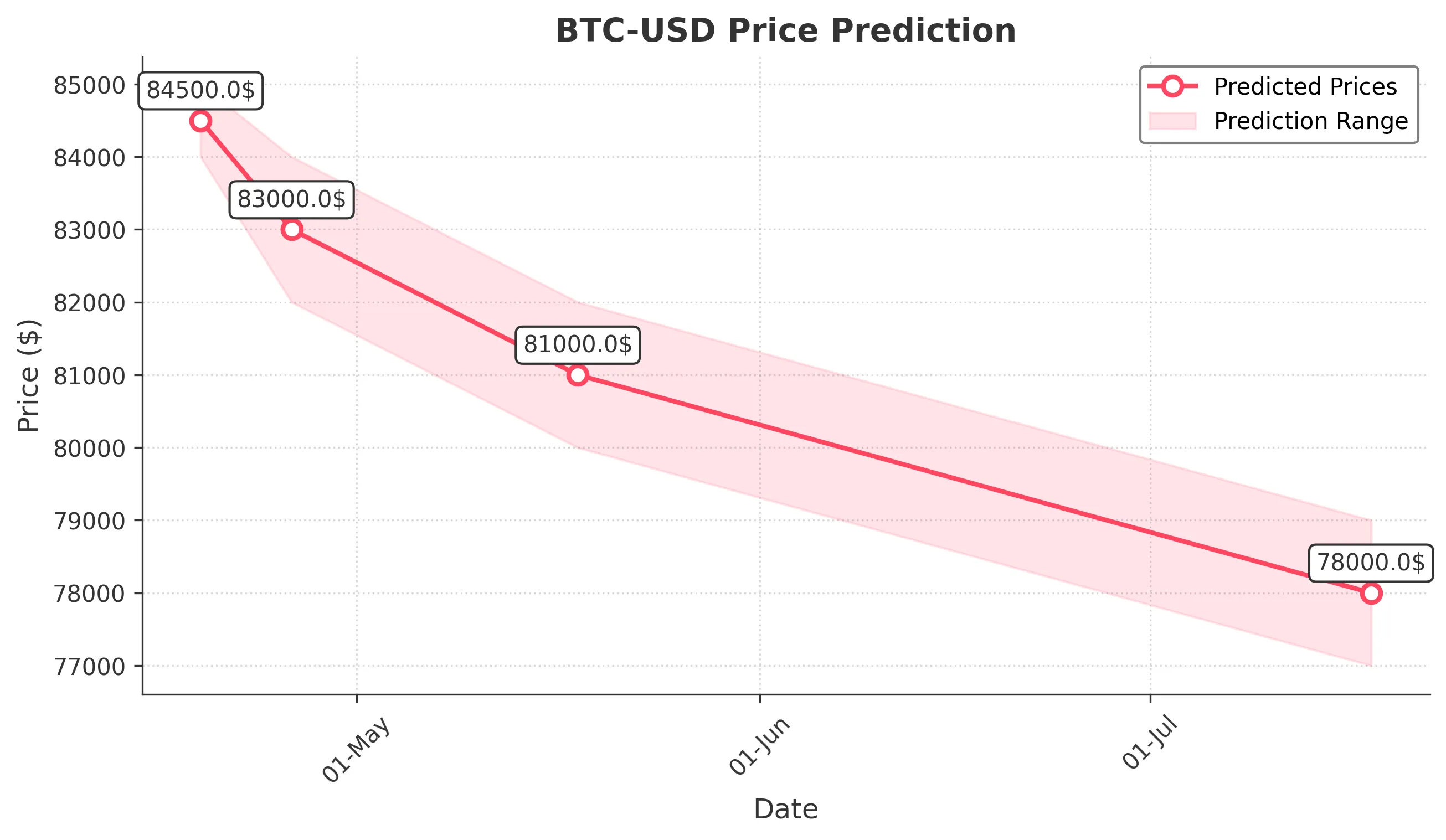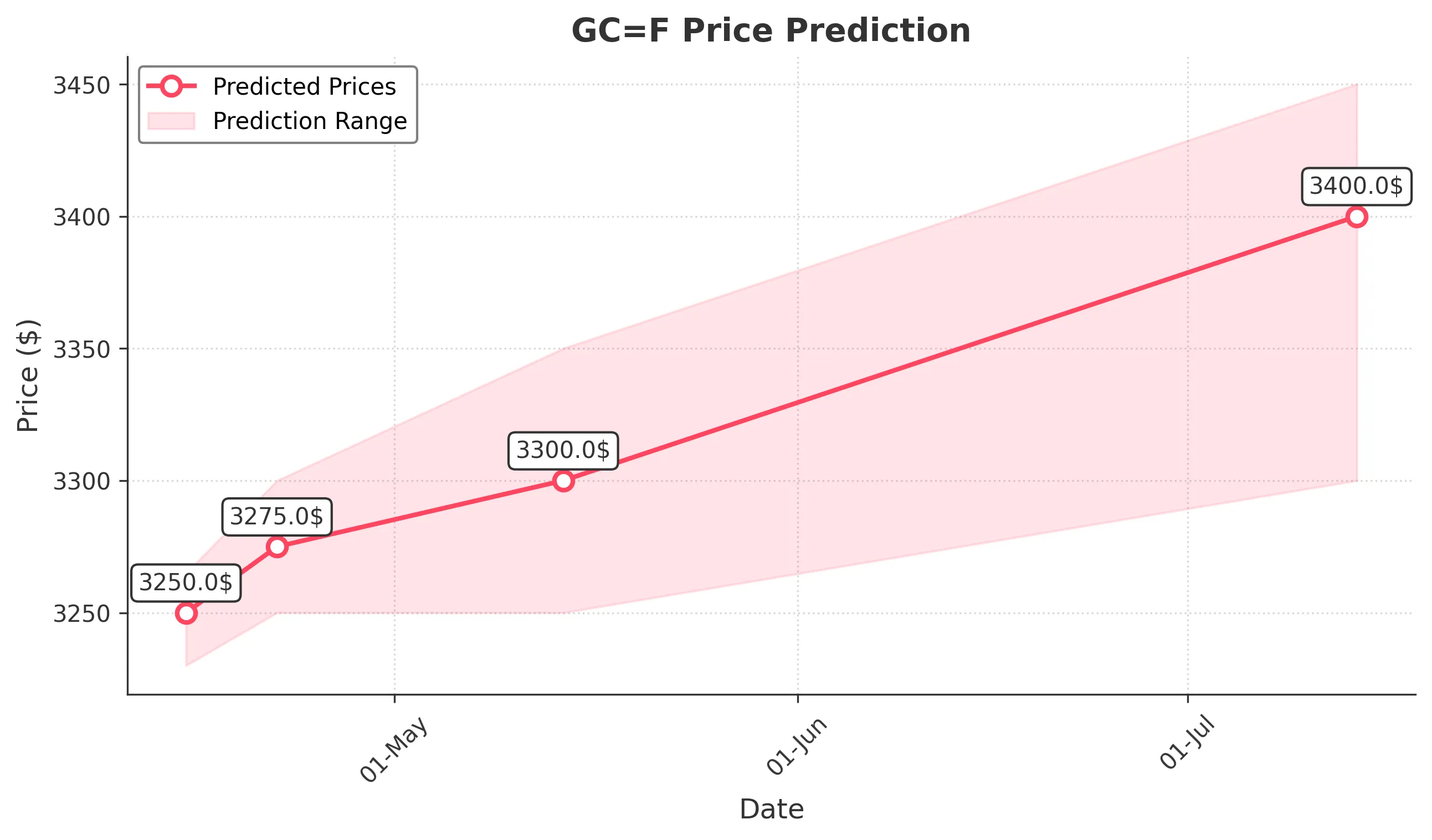Mastering AI Trading Predictions: Your Ultimate Guide
Discover how to effectively interpret and apply AI-driven trading predictions to make smarter investment decisions.

Mastering AI Trading Predictions: Your Ultimate Guide
AI-powered trading predictions are transforming the way investors approach the financial markets. With advanced algorithms analyzing vast datasets, traders can now uncover insights that were previously unimaginable. This comprehensive guide will help you understand, interpret, and utilize AI predictions to enhance your trading strategies.
What Are AI Trading Predictions?
AI trading predictions leverage AI to analyze market trends and provide actionable insights. These systems process historical data, recognize patterns, and offer forecasts for various trading timeframes.
Whether you're a seasoned investor or just starting, understanding these predictions is key to maximizing their potential.
The Building Blocks of AI Trading Predictions
1. Historical Data Analysis
AI systems process extensive historical data to identify trends and market behaviors. Key data points include:
- Price Movements: Tracking historical highs, lows, and averages.
- Trading Volumes: Analyzing spikes in activity to gauge market interest.
- Market Sentiment: Incorporating news sentiment and social media trends.
- Technical Indicators: Leveraging RSI, moving averages, Bollinger Bands, and more.
2. Pattern Recognition
AI excels at identifying patterns that are difficult for humans to detect. These include:
- Trend Reversals: Early warnings for shifts in market direction.
- Support and Resistance Levels: Critical thresholds for price action.
- Market Cycles: Recognizing recurring phases in market behavior.
3. Prediction Categories
AI systems provide forecasts for different time horizons:
Short-term Predictions
- Intraday price movements.
- Swing trading opportunities within 24-48 hours.
- Volatility spikes during earnings or news events.
Medium-term Predictions
- Weekly trends and momentum shifts.
- Sector performance and rotations.
- Identifying accumulation and distribution phases.
Long-term Predictions
- Major market cycle changes.
- Economic impact assessments on asset classes.
- Forecasting broad market trends over months or years.
Maximizing the Value of AI Trading Predictions
1. Evaluate Historical Performance
- Analyze Past Predictions: Compare historical predictions to actual market outcomes.
- Understand Success Rates: Focus on timeframes and scenarios where the AI performs best.
- Set Realistic Expectations: AI enhances decision-making but does not guarantee results.
2. Integrate with Traditional Technical Analysis
- Combine AI predictions with established tools like Fibonacci retracements and MACD.
- Look for confirmation signals across multiple indicators.
- Create holistic strategies by merging human intuition with AI insights.
3. Prioritize Risk Management
- Set Stop-Loss Orders: Limit potential losses on individual trades.
- Diversify Your Portfolio: Avoid overexposure to a single asset class.
- Monitor the Market: Stay informed about global events that might affect predictions.
Best Practices for Using AI in Trading
- Utilize Multiple Data Sources: Don’t rely solely on AI predictions; use them as part of a broader strategy.
- Refine Continuously: Learn from both successes and failures to optimize your approach.
- Stay Educated: Keep up with advancements in AI and trading methodologies.
- Adopt a Long-Term View: Short-term volatility is inevitable; focus on consistent, sustainable growth.
Key Takeaways
AI trading predictions are powerful tools, but their effectiveness depends on how you use them. By combining AI insights with solid technical analysis and robust risk management, you can significantly improve your trading outcomes. Remember, while AI offers a competitive edge, your expertise and discipline remain critical to long-term success.
Ready to start your AI-powered trading journey? Stay curious, keep learning, and adapt to the ever-changing market landscape.



